The pupil is a hole located in the center of the iris of the eye that allows light to strike the retina.It appears black because light rays entering the pupil are either absorbed by the tissues inside the eye directly, or absorbed after diffuse reflections within the eye that mostly miss exiting the narrow pupil. Anatomical term created by Gerard of Cremona.

In humans the pupil is round, but other species, such as some cats, have vertical slit pupils, goats have horizontally oriented pupils, and some catfish have annular types. In optical terms, the anatomical pupil is the eye's aperture and the iris is the aperture stop. The image of the pupil as seen from outside the eye is the entrance pupil, which does not exactly correspond to the location and size of the physical pupil because it is magnified by the cornea. On the inner edge lies a prominent structure, the collarette, marking the junction of the embryonic pupillary membrane covering the embryonic pupil.[9]
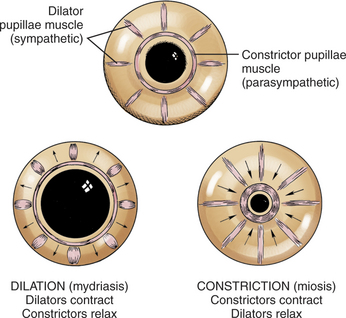
Functions of pupil
- It regulates the amount of light entering the eye.Dynamic process of muscle reaction within the iris controls how much light enters the eye through the pupil.
- It improves the visual acuity because it prevents the irregular refraction by the periphery of the cornea and lens, and increases the depth of focus.
- It allows the passage of aqueous humour from the posterior chamber to the anterior chamber.
The pupillary light reflex (PLR) or photopupillary reflex is a reflex that controls the diameter of the pupil, in response to the intensity (luminance) of light that falls on the retinal ganglion cells of the retina in the back of the eye, thereby assisting in adaptation to various levels of lightness/darkness.

A greater intensity of light causes the pupil to constrict (miosis/myosis; thereby allowing less light in), whereas alower intensity of light causes the pupil to dilate (mydriasis, expansion; thereby allowing more light in)[1]

Sympathetic stimulation of the adrenergic receptors causes the contraction of the radial muscle and subsequent dilation of the pupil. Conversely, parasympathetic stimulation causes contraction of the circular muscle and constriction of the pupil. The mechanism of mydriasis depends on the agent being used.[2]
Thus, the pupillary light reflex regulates the intensity of light entering the eye. Light shone into one eye will cause both pupils to constrict.[1]
Pupil size is determined by the interaction of the parasympathetic and the sympathetic nervous system. The parasympathetic system conducts the light reaction with its major center in the dorsal midbrain. The sympathetic nervous system acts either directly on the dilator muscle (peripherally) or centrally by inhibiting the Edinger-Westphal nucleus. Psychosensory reactions are transmitted via the sympathetic system.
The afferent input of the light reflex system in humans is characteristically wired, allowing a detailed analysis of a lesion of the afferent input. Even in humans a subgroup of ganglion cells containing melansopsin plays an important role as a light sensor for the pupillary system. To diagnose normal pupillary function, pupils need to be isocoric and react bilaterally equally to light. Anisocoria indicates a problem of the efferent pupillary pathway. Pupillary disorders may involve the afferent pathways (relative afferent pupillary defect) or the efferent pathways. Physiological anisocoria is a harmless condition that has to be distinguished from Horner's syndrome. In this case pharmacological testing with cocaine eye-drops is helpful. Disorders of the parasympathetic system will impair the light response. They include dorsal midbrain syndrome, third-nerve palsy, and tonic pupil.
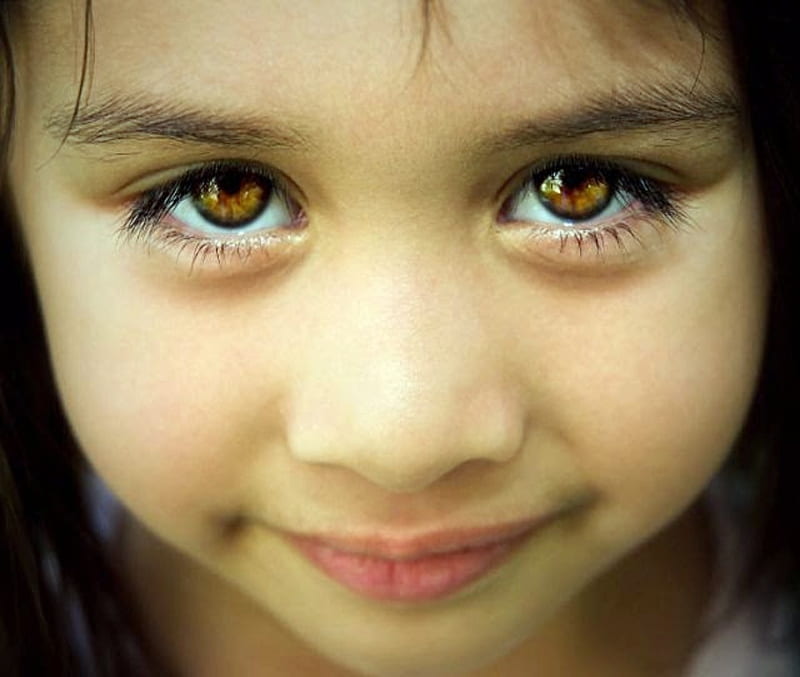
Tonic pupils are mainly idiopathic and do not need imaging.
People with Adie's pupil usually develop several distinct symptoms. The pupil of the affected eye first appears larger or more dilated than the normal eye and reacts abnormally to light. Initially, the pupil reacts slowly or irregularly during close tasks such as reading because the eye begins to lose its close-range focusing power. After extended near focusing or accommodation, the involved pupil may actually become tonic, remaining constricted long after discontinuing accommodative effort. Occasionally, the iris becomes depigmented, losing most or all of its color. Deep tendon reflexes, such as the classic hammer-to-knee reflex, may also be diminished in those patients that have systemic dysautonomia. Blurred vision, especially at close range, is another common symptom of the disorder, as well as excessive sweating.[14] eResearch by Navid Ajamin -- spring 2019
Disorders of the iris, including application of cholinergic agents, need also to be considered in impaired pupillary light reaction.[5]
Pupil reflections in photographs could help investigators solve crimes -- theverge.com
A variety of factors can influence pupil size, and not all of them have to do with light and distance. Some of these other factors include: [12]
- your health
- your emotions
- medicines and drugs
The normal pupil size in adults varies from 2 to 4 mm in diameter in bright light to 4 to 8 mm in the dark. The pupils are generally equal in size. They constrict to direct illumination (direct response) and to illumination of the opposite eye (consensual response). The pupil dilates in the dark. Both pupils constrict when the eye is focused on a near object (accommodative response). The pupil is abnormal if it fails to dilate to the dark or fails to constrict to light or accommodation.[3]
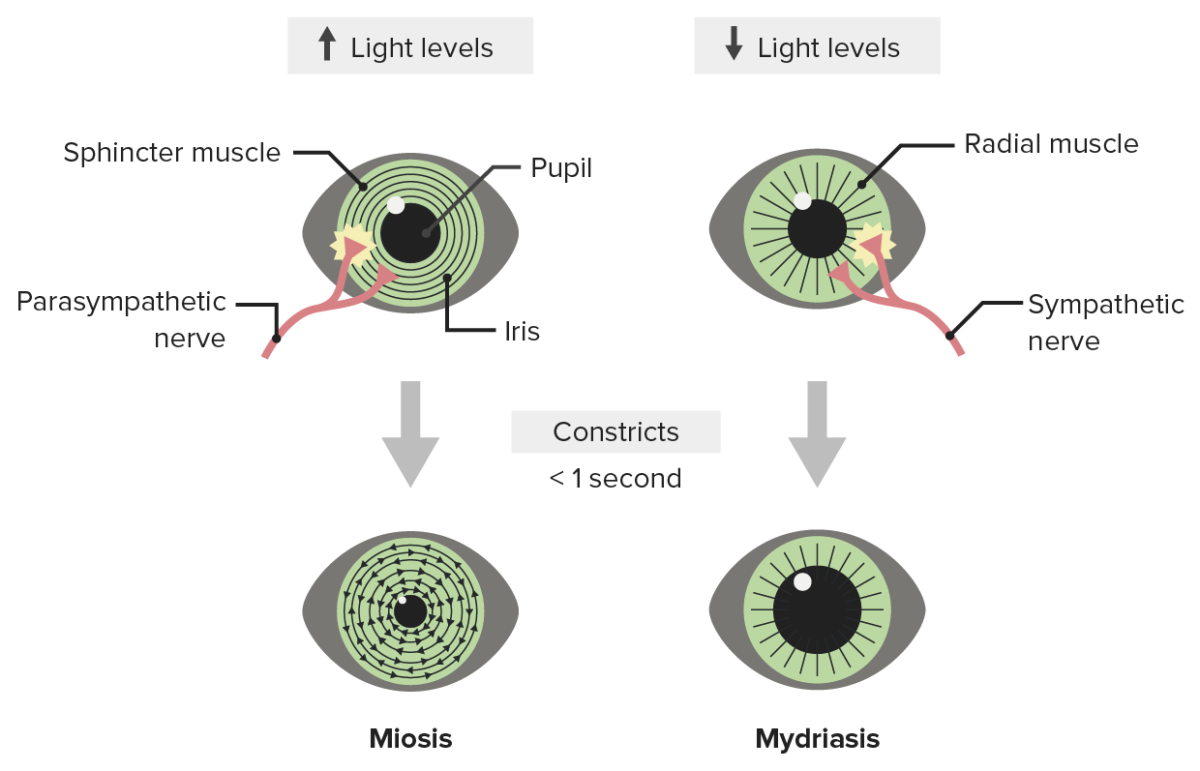

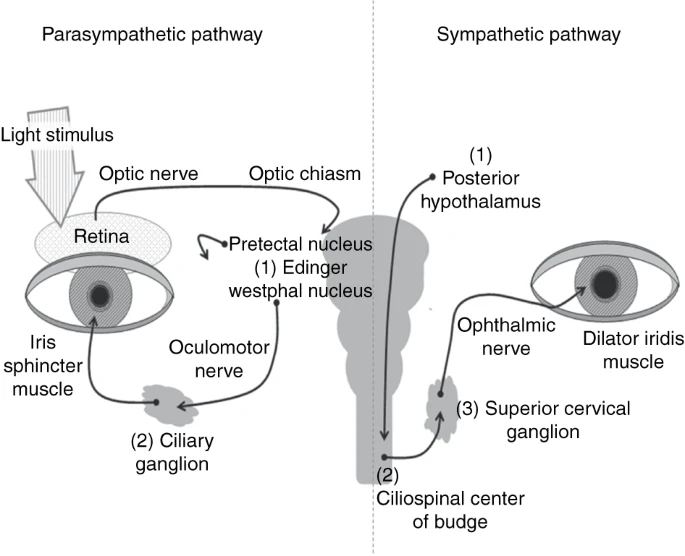
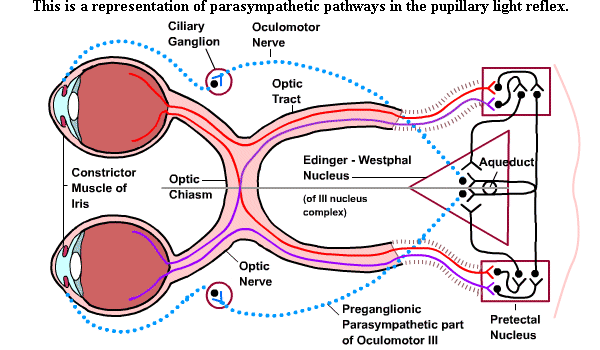
Adie syndrome, or Holmes-Adie syndrome, is a rare neurological disorder affecting the pupil of the eye. In most patients the pupil is larger than normal (dilated) and slow to react in response to direct light. Absent or poor tendon reflexes are also associated with this disorder.[16]
Amaurotic. This is seen when one eye has no perception of light. The pupil of this eye only constricts when light is shone into the other eye. When the light is shone back into the eye with no perception of light the pupil rapidly enlarges against the light.[15]
Anisocoria is a condition characterized by an unequal size of the eyes' pupils. Affecting 20% of the population, it can be an entirely harmless condition or a symptom of more serious medical problems.[4]
Everyone knows that your pupils will change size according to the amount of light you are experiencing. With more light, the pupil constricts and becomes smaller. Less light and your pupil dilates, letting more light into the back of the eye. It is the muscles of the iris working with your autonomic nervous system (ANS) to adjust the iris so the right amount of light enters the eye – like the aperture of a camera.
The iris is made up of two types of muscle:
Sphincter muscles that are like concentric rings that constrict the pupil to as small as two millimeters across
Dilator muscles that are laid out like the spokes of a bicycle wheel and can expand the pupil up to eight millimeters across dilated pupils respond
But the ANS is not only concerned with light reflex, it also reveals emotional and mental responses. The sympathetic branch of the ANS responds to a person being under stress, triggering the “fight or flight” response, which will cause the pupil to dilate. On the other hand, the parasympathetic branch known for “rest and digest” will cause pupil constriction. At any given time, your pupil is balancing between both the light and emotional reactions.
Even memory recall creates a pupil response. When subjects were instructed to remember and recite a series of seven digits, their pupils would grow steadily as they learned each number, but reduce as steadily when they recited back each of the numbers. Wolfgang Einhauser-Treyer, a neurophysicist at Philipps University Marburg in Germany, found that “pupil dilation can betray an individual’s decision before it is openly revealed.” He asked people to push a button at any point during a span of 10 seconds. Dilation began about one second before they pressed the button and continued to peak one to two seconds after the push.
Pupillometry, the measurement of pupil size and reactivity, is a key part of the clinical neurological exam for patients with a wide variety of neurological injuries. It is also used in psychology.[8]
Hutchinson's pupil is a clinical sign in which the pupil on the side of an intracranial mass lesion is dilated and unreactive to light, due to compression of the oculomotor nerve on that side. The sign is named after Sir Jonathan Hutchinson. These can be due to concussion injury to the brain and is associated with subdural haemorrhage and unconsciousness. The parasympathetic fibers to the pupil are responsible for pupillary constriction. The fibers pass through the periphery of the oculomotor nerve, and hence are the first to be affected in case of compression of the nerve. In Stage 1, the parasympathetic fibers on the side of injury are irritated, leading to constriction of pupil on that side. In stage 2, the parasympathetic fibers on the side of injury are paralysed, leading to dilatation of pupil. The fibers on the opposite oculomotor nerve are irritated, leading to constriction on opposite side. In stage 3, the parasympathetic fibers on both sides are paralysed - leading to bilateral pupillary dilatation. Pupils become fixed. This indicates grave prognosis.[18]
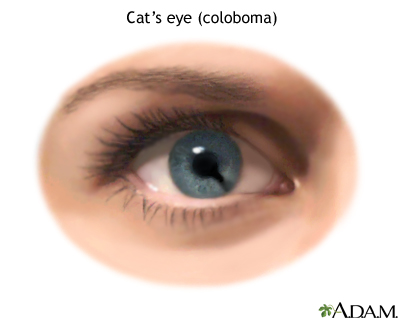 A cat eye is a type of coloboma. Any defect in the iris that allows light to enter the eye, other than through the pupil, is called a coloboma. An extra hole or slit may be present from birth, or may result from trauma. Colobomas may also exist in the eyelid, a defect which interrupts the border of the eyelid.[10]
A cat eye is a type of coloboma. Any defect in the iris that allows light to enter the eye, other than through the pupil, is called a coloboma. An extra hole or slit may be present from birth, or may result from trauma. Colobomas may also exist in the eyelid, a defect which interrupts the border of the eyelid.[10]
 This study of pupil size is known as pupillometry and is used to investigate a wide range of psychological phenomena including sleepiness, introversion, sexual interest, racial bias, schizophrenia, moral judgment, autism and depression. Kahneman said he has “never done any work in which the measurement is so precise.” And while “nobody really knows for sure what these changes do,” according Stuart Steinhauer, director of Biometric Research Lab at the University of Pittsburgh, pupillometry is a valuable tool for psychological research.
This study of pupil size is known as pupillometry and is used to investigate a wide range of psychological phenomena including sleepiness, introversion, sexual interest, racial bias, schizophrenia, moral judgment, autism and depression. Kahneman said he has “never done any work in which the measurement is so precise.” And while “nobody really knows for sure what these changes do,” according Stuart Steinhauer, director of Biometric Research Lab at the University of Pittsburgh, pupillometry is a valuable tool for psychological research.
So the next time you look into someone’s eyes, know that you have the potential to see more than just their eye color. You might have a clue as to what is going on in their mind.[6]
Reverse Relative Afferent Pupillary Defect (RAPD) [24]
A relative afferent pupillary defect (RAPD) also known as a Marcus Gunn pupil, is a critically important ophthalmological examination finding that defines a defect ( pathology) in the pupil pathway on the afferent side. An RAPD is relative to the fellow eye and occurs because of the bilateral and equal innervation of the pupils in normal individuals. The RAPD manifests as a difference in pupillary light reaction between the two eyes. The test requires two eyes but only one working pupil. Patients do not have anisocoria.
What does a RRR pupil mean? The pupil is normally rounded, regular and reactive to light (RRR).[23]
PERRLA is an acronym for “pupils are equal, round and reactive/responsive to light and accommodation.”
Healthcare providers use the PERRLA eye test to check if your pupils look and function as they should.
Abnormal PERRLA results may show the following:
- Unequal pupil size (anisocoria). It may indicate damaged neck blood vessels, brain aneurysms, or cranial nerve damage. It can also be a side effect of medications like anti-nausea or motion sickness.
- Sluggish pupil reaction (Adie’s pupil syndrome). It may indicate the presence of an infection, trauma, eye surgery, tumors, or migraine.
- Pinpoint pupil and drooping eyelid (Horner’s syndrome). This may indicate a damaged carotid artery, lymphoproliferative disorders, or tumors (neck and lungs)
The PERRLA test cannot detect a specific underlying condition. It also does not measure pupil size, shape, or reaction speed to light and motion. However, it can be a good starting point since it gives your doctor clues about any possible disorders to be investigated further for more accurate results.
Common Treatments for Pupil Defects
If your PERRLA test indicated pupillary abnormalities, your eye doctor may prescribe treatment depending on the underlying condition.
Common treatment options include: [21]
- Eye drops. Pilocarpine eye drops can support pupil constriction in Adie’s tonic pupil.
- Prism eyeglasses. These may help relieve diplopia (double vision) symptoms due to a brain tumor, aneurysm, or a stroke. An eye patch can also achieve this.
- Sunglasses. These are recommended for use outdoors to deal with light sensitivity.
- Pupil cerclage. This surgical technique involves running a suture around the margin of the affected pupil to shrink it. This procedure minimizes stretching of the iris (front colored part of the eye), thus maintaining the desired pupil size and round shape. It can correct abnormally dilated pupils like in traumatic mydriasis or Adie’s tonic pupil.

Childhood Eye Examination
Eye doctors use three procedures to test pupil reflexes.[7]
1.Light Response Pupil Test
The light response pupil test assesses the reflex that controls the size of the pupil in response to light. Your doctor will first dim the lights, then ask you to look at an object in the distance. A light will be shone into your eyes from each side. Your doctor will watch your pupils closely to determine whether or not your pupils constrict in response to the light, making note of the size and shape of your pupils.
2.Swinging Flashlight Pupil Test
The swinging flashlight pupil test is used to compare your pupils' response to light. The lights in the room will be dimmed, and you will again be asked to look at a distant object. Your doctor will "swing" the light rhythmically from one eye to the other, noting the response of each pupil. Your pupils should constrict or stay the same size when the light is shone on them. Dilating pupils may alert your doctor to a possible optic nerve problem.
3.Near Response Pupil Test
The near response pupil test measures the pupil's response to a near target. This test will be performed in a room with normal lighting. Your doctor will ask you to look at a distant object, then move a small object or card in front of your eyes. As you fixate your eyes on the near object, your doctor will watch your pupils closely to make sure they constrict quickly as your fixation changes from far to near.
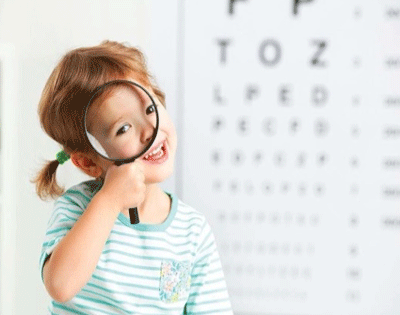
A few medicines can affect the muscles that control your pupils and prevent them from getting smaller when light shines in.
These meds include: [11]
- Atropine (Atropen), which treats problems with heart rhythm, stomach issues, and some types of poisoning
- Antihistamines, like diphenhydramine
- Decongestants, like pseudoephedrine
- Motion sickness and anti-nausea medicines such as dimenhydrinate
- Parkinson's medications such as amantadine (Symmetrel) and carbidopa-levodopa (Sinemet)
- Tricyclic antidepressants like amitriptyline (Elavil) and desipramine (Norpramin)
- Botulinum toxin (Botox, Myobloc)
- Anti-seizure drugs, such as phenobarbital (Luminal) and topiramate (Topamax)
Summary [13]
- The many structures of the eye work together to allow for best possible vision.
- The iris is composed of two layers of smooth muscle that dilate or constrict the pupil.
- Dilation and constriction is often to regulate light entering the eye.
- The pupillary light reflex controls this regulation and is triggered by the autonomic nervous system.
- Dilation of the pupils often occurs when we see someone we find attractive , and we also deem people with more attractive when their pupils are dilated. This is because it indicates both sexual arousal and mutual interest. Our pupils have also been found to dilate in response to aesthetically pleasing artworks.
- Constriction of the pupils influences as to see someone as more sad, and when we empathise with them our pupils also constrict in response. This is known as motor mimicry. The perception-action model and the autonomic nervous system trigger this constriction.
- The perception-action model is about perceptions driving actions, and actions developing perceptions.
- Contrary to popular belief, liars do not always avoid eye contact.
- Due to the high cognitive load and stress of creating a lie, our pupils will often dilate.
- Pupillometry is a reliable method of lie detection as, for the most part, dilation of the pupils is not a voluntary action.
The main types of pupillary abnormalities include: [19]
- Anisocoria: unequal pupil sizes
- Horner’s syndrome: disruption of a nerve pathway from the brain to the one side of the face and that eye
- Third nerve palsy: one eyelid is completely closed, and that eye has moved outward and downward
- Adie’s tonic pupil: one pupil is permanently dilated and unresponsive to light and other stimulants
Symptoms of a pupillary abnormality include:
- Decreased or increased size of one pupil
- Difficulty focusing on objects in near visual field
- Diplopia (double vision)
- Drooping eyelids (ptosis)
- Headache
- Light sensitivity
- Problems moving your eye
Reference:
- en.wikipedia.org/wiki/Pupillary_light_reflex
- en.wikipedia.org/wiki/Mydriasis
- ncbi.nlm.nih.gov/books/NBK381
- en.wikipedia.org/wiki/Anisocoria
- ncbi.nlm.nih.gov/pubmed/21601076
- discoveryeye.org/pupils-respond-to-more-than-light
- verywellhealth.com/pupil-testing-3421844
- en.wikipedia.org/wiki/Pupillometry
- en.wikipedia.org/wiki/Pupil
- medlineplus.gov/ency/imagepages/1130.htm
- webmd.com/eye-health/why-are-pupils-dilated-mydriasis#1
- healthline.com/health/normal-pupil-size#changes
- en.wikiversity.org/wiki/Motivation_and_emotion/Book/2014
- verywellhealth.com/adies-pupil-causes-3421980
- pmc.ncbi.nlm.nih.gov/articles/PMC3588138
- rarediseases.org/rare-diseases/adie-syndrome
- tedmontgomery.com/the_eye/reflex.html
- Dr. Aruj Khurana. "Concussion injuries to the brain". Comprehensive Ophthalmology (fourth ed.). New Age International (P): 311.
- umiamihealth.org/en/bascom-palmer-eye-institute/specialties/neuro-ophthalmology/pupillary-abnormalities
- researchgate.net
- visioncenter.org/eye-health/perrla-exam
- lecturio.com/concepts/physiology-and-abnormalities-of-the-pupil
- ophc.mans.edu.eg/images/basic-ophthalmology.pdf
- eyewiki.org/Reverse_Relative_Afferent_Pupillary_Defect_(RAPD)
See also:
- Enlarging the Pupil for Eye Examination verywellhealth.com
- How to Check Pupil Reflexes Response aparat.com
- Abnormalities of the pupil college-optometrists.org
- How to examine the pupil eyeguru.org

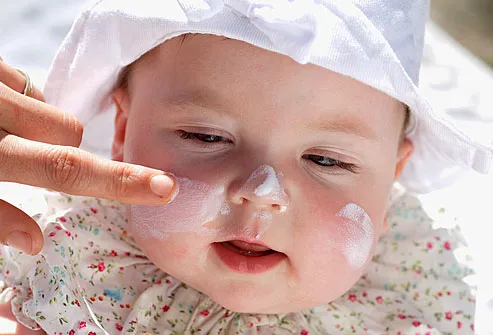






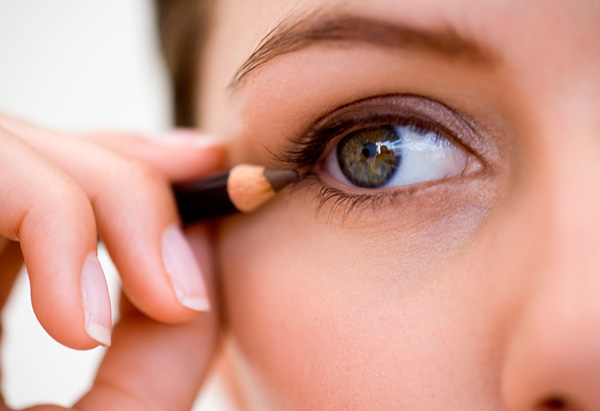




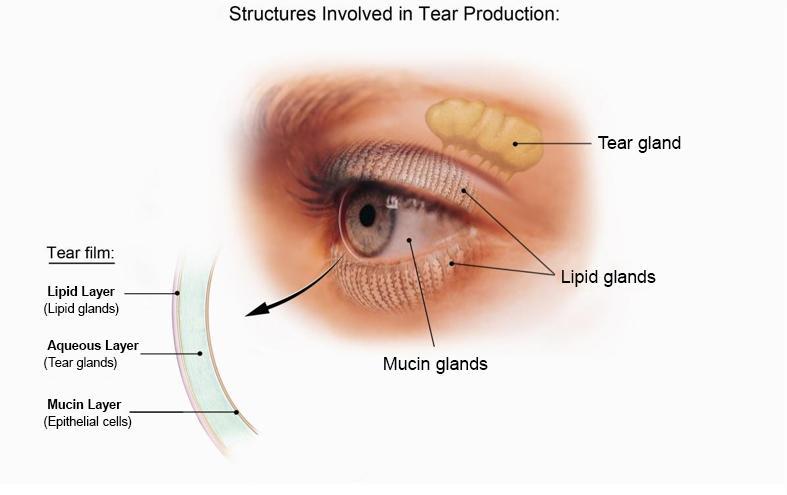





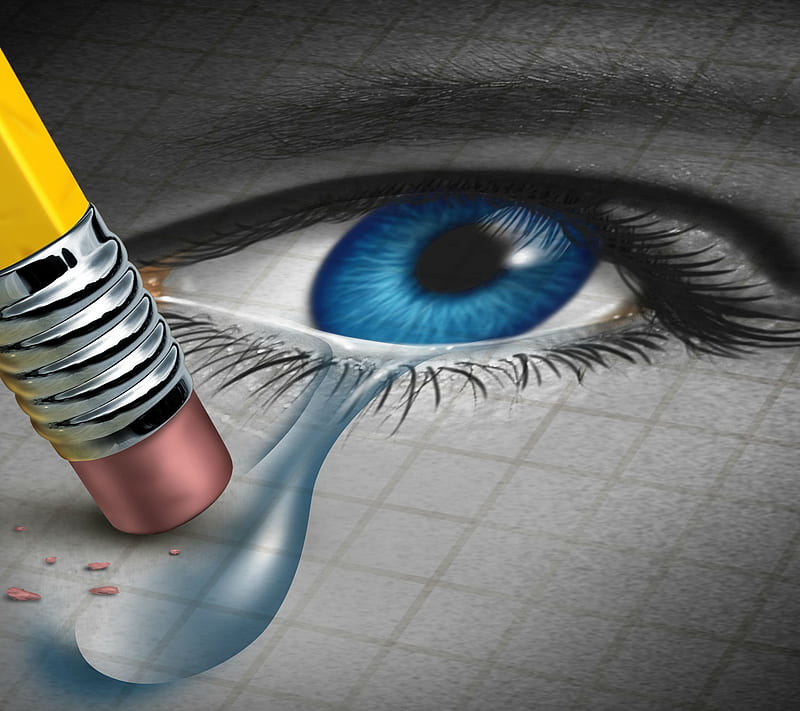

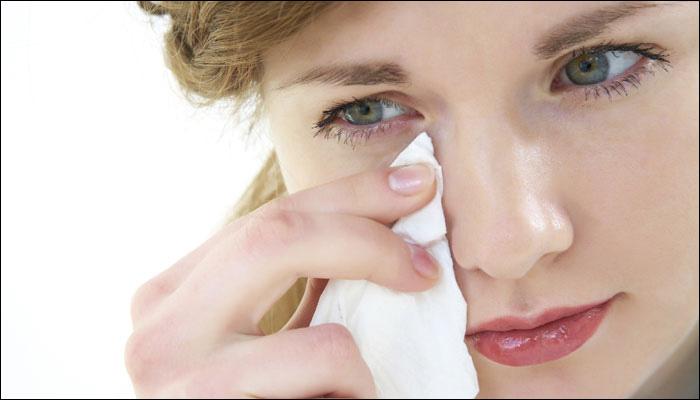)






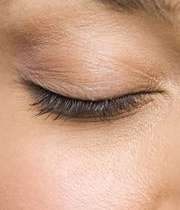
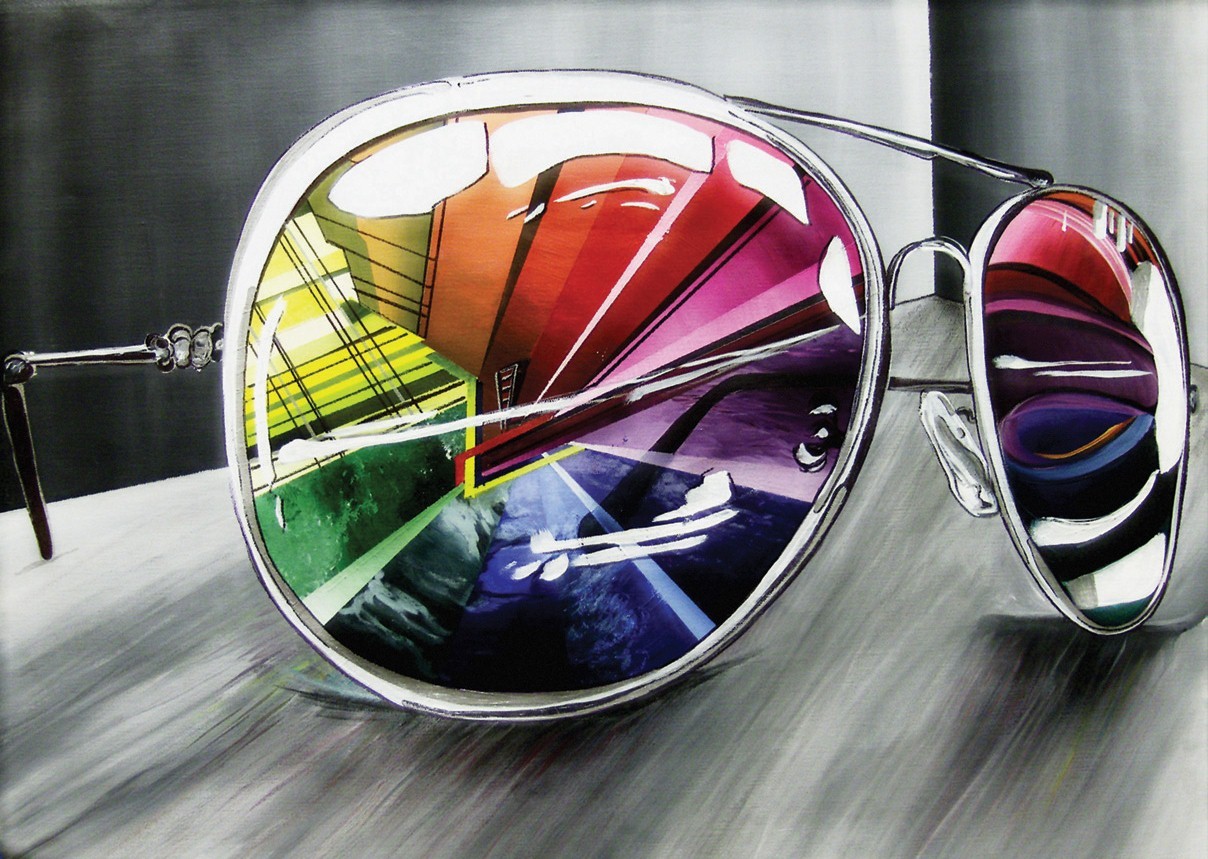

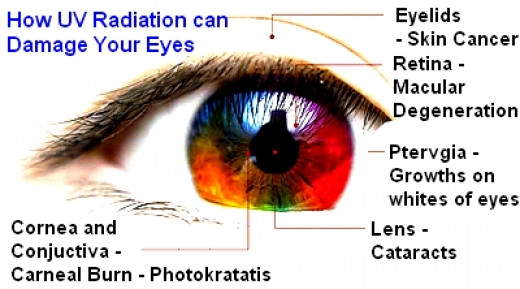






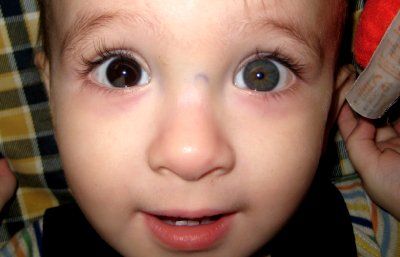



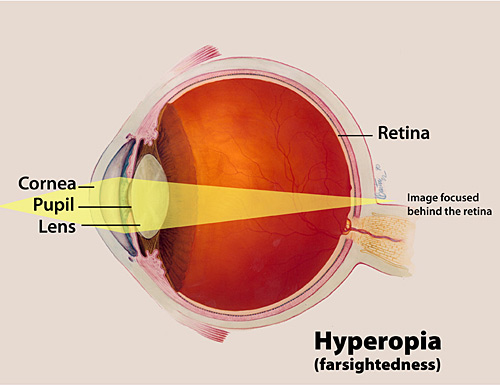


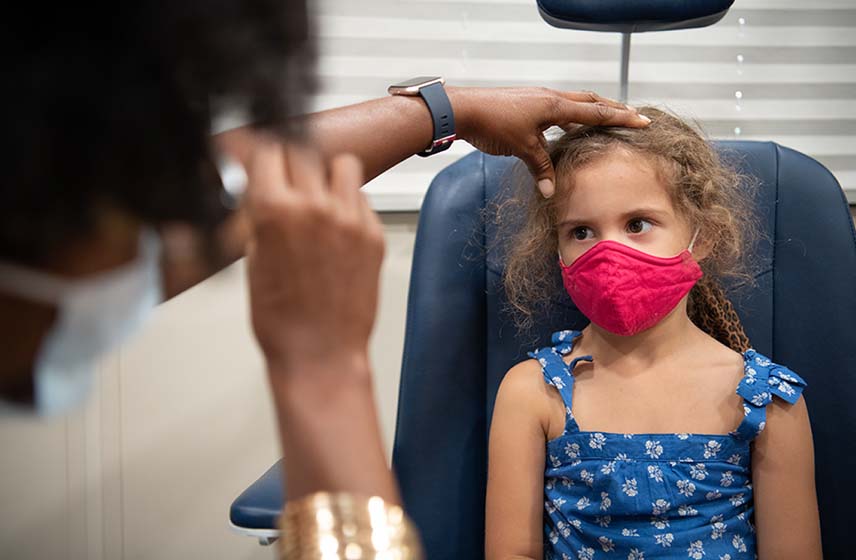



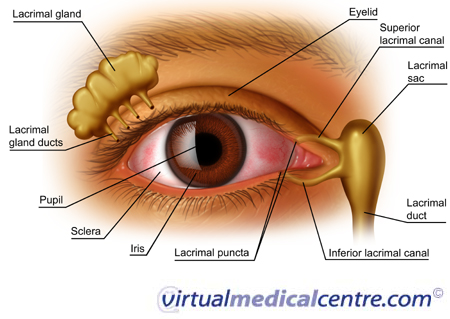

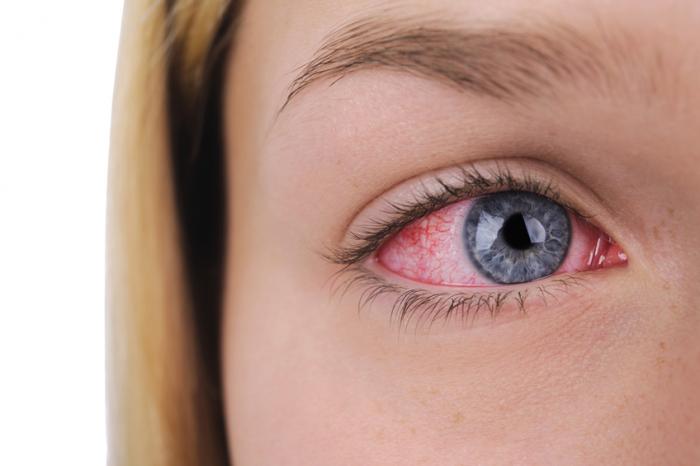
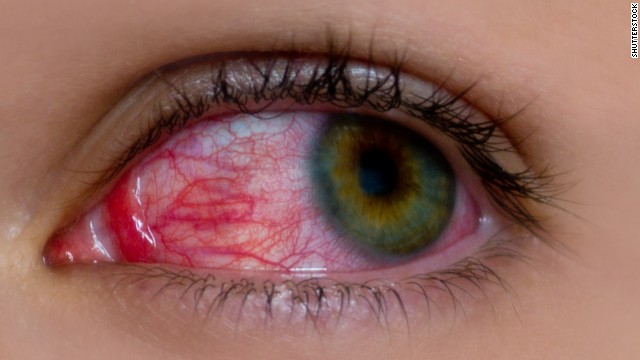
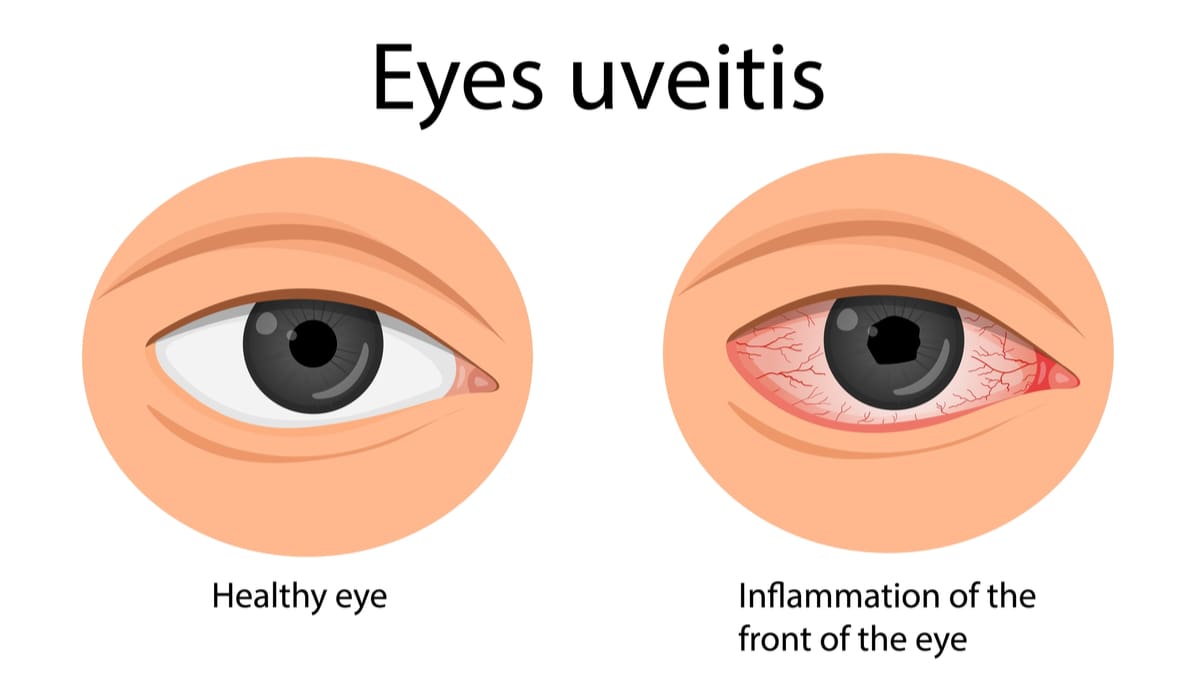
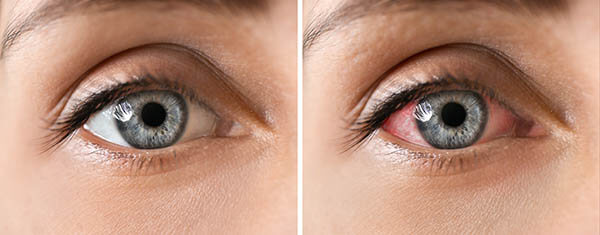
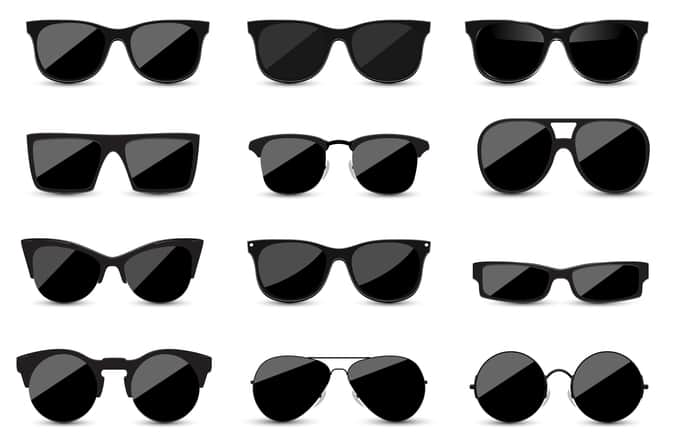
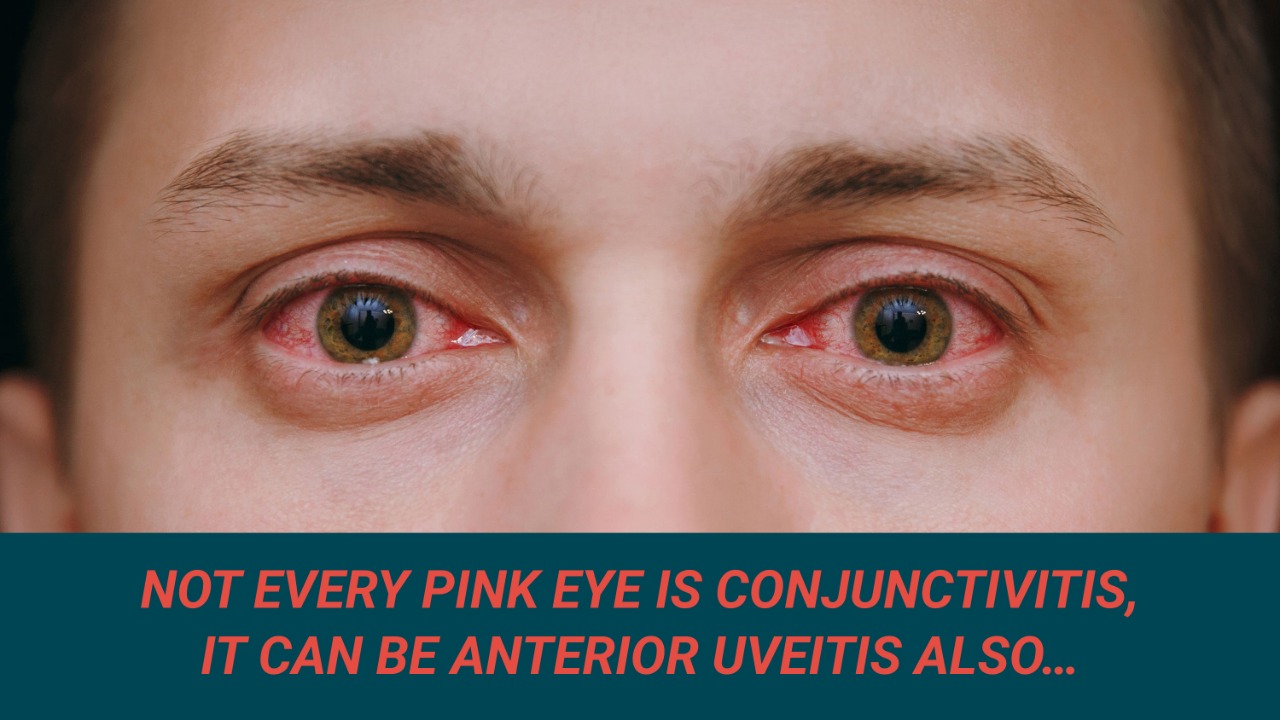





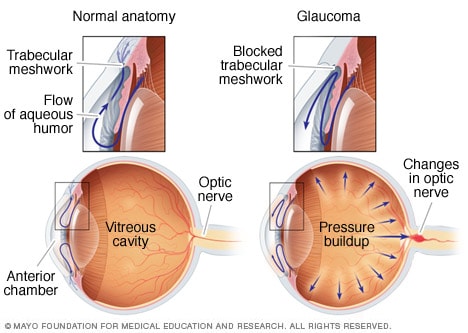



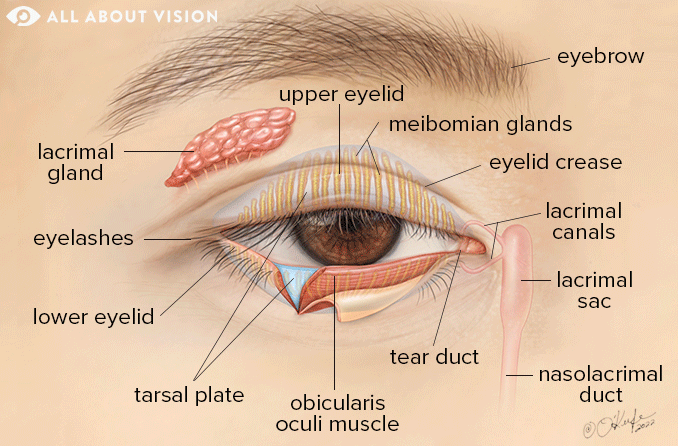




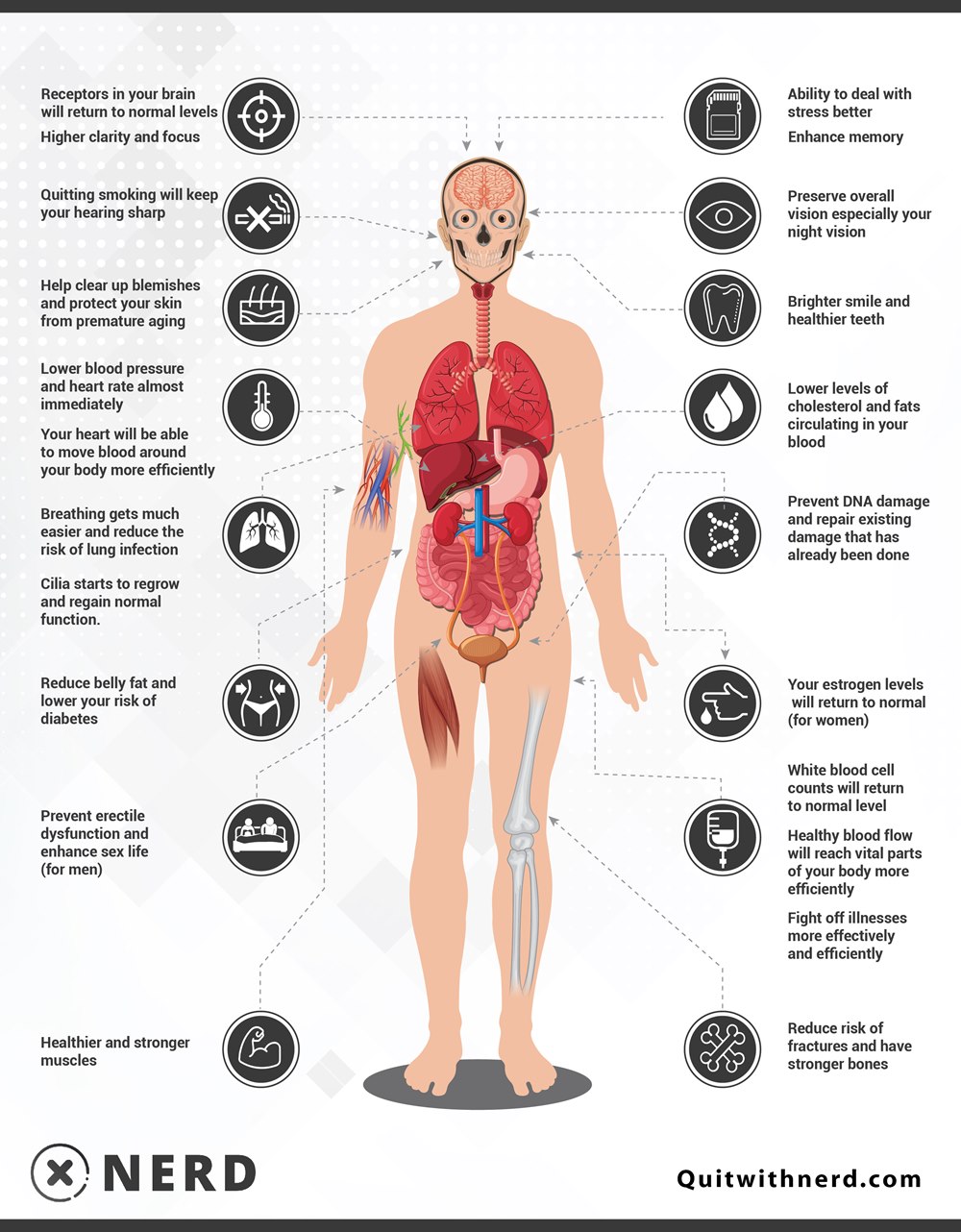
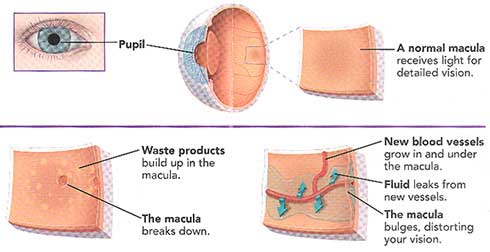 Here are the most common causes and risk factors:
Here are the most common causes and risk factors:





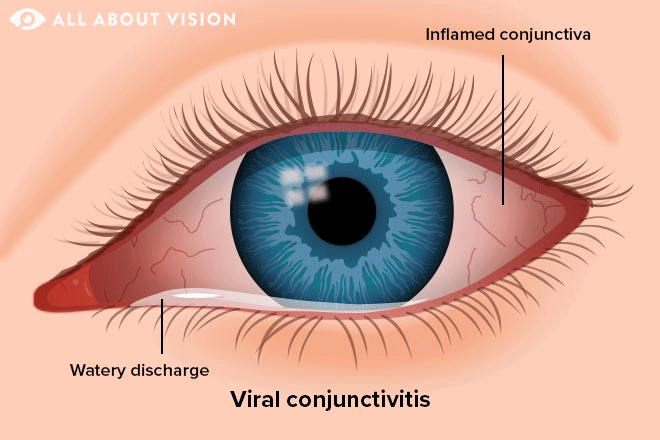
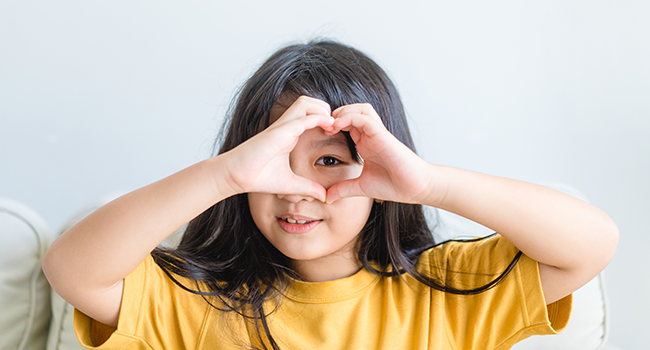

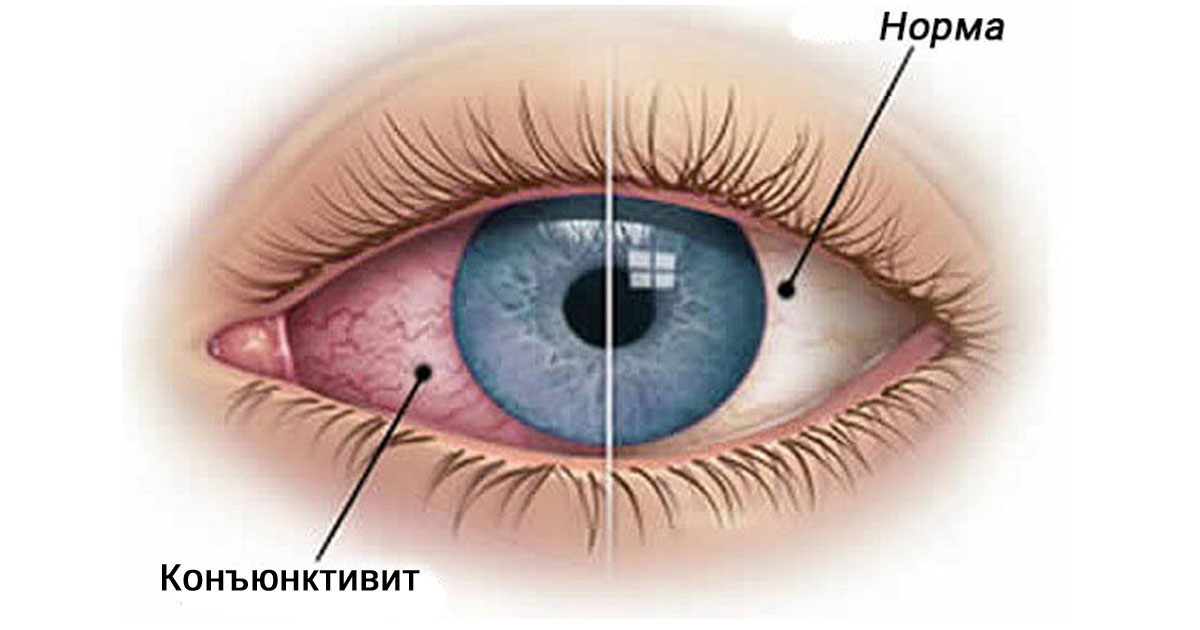





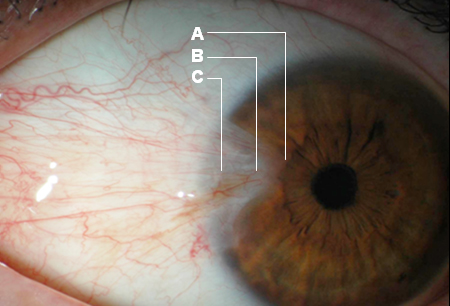
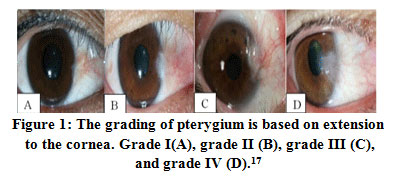

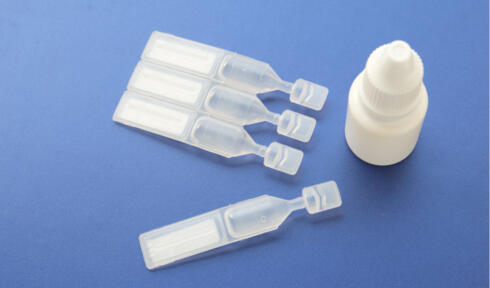


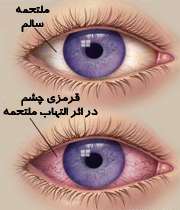



:max_bytes(150000):strip_icc():format(webp)/top-causes-of-red-eye-3422111-5c04703446e0fb0001bbec58.png)
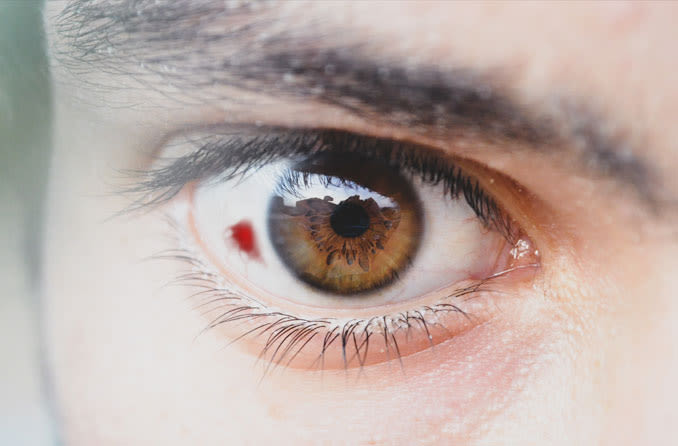
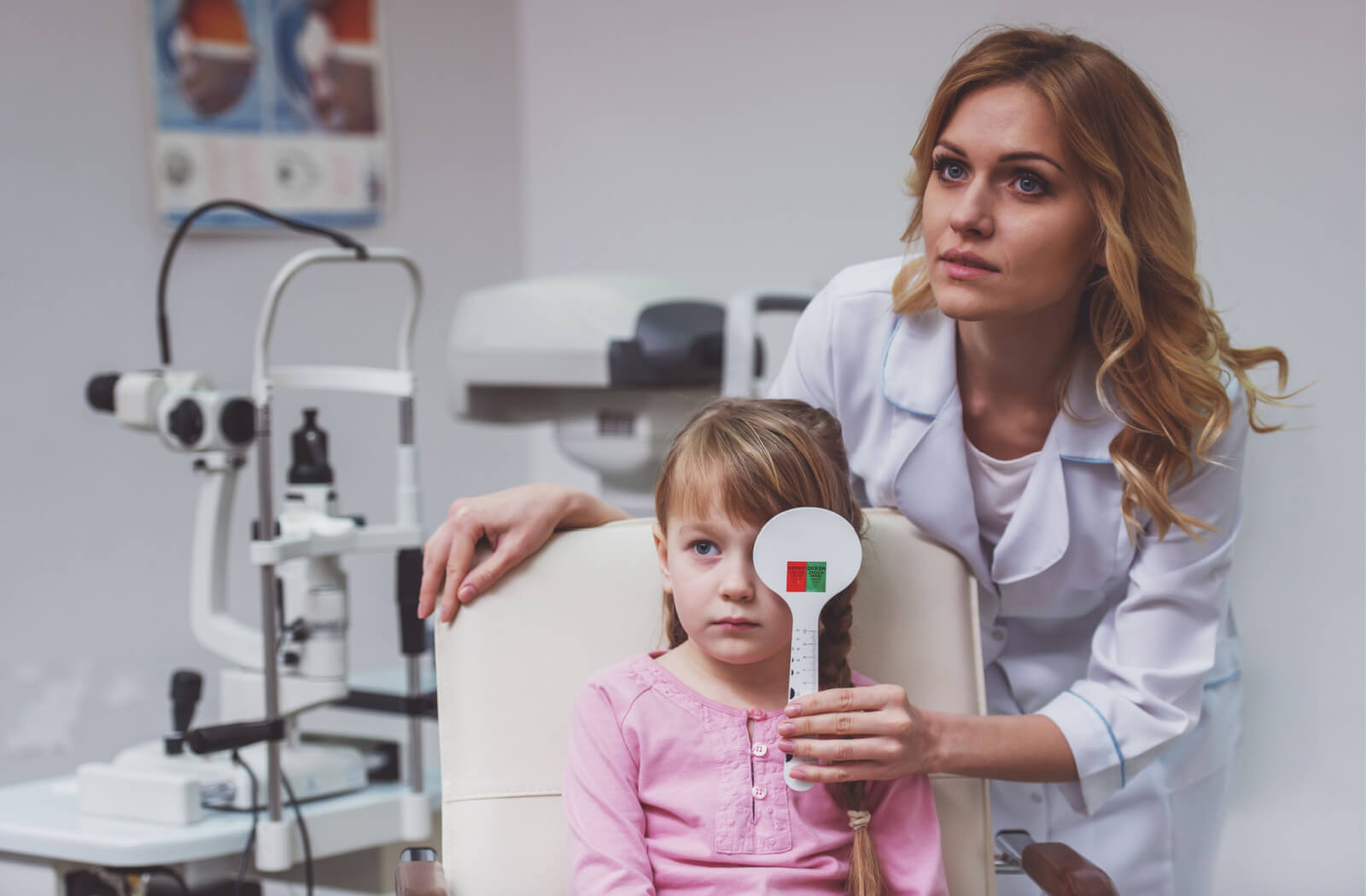







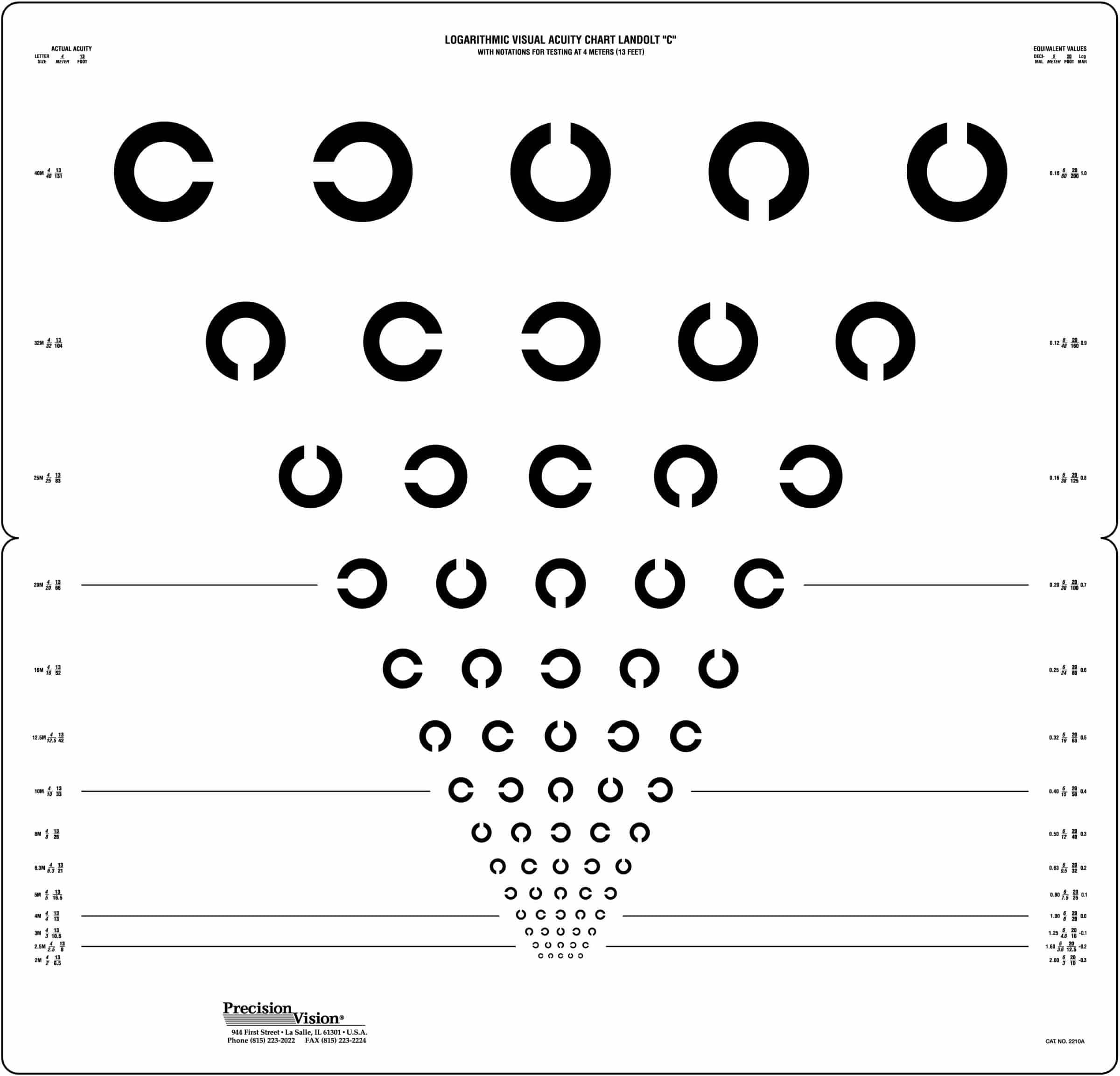







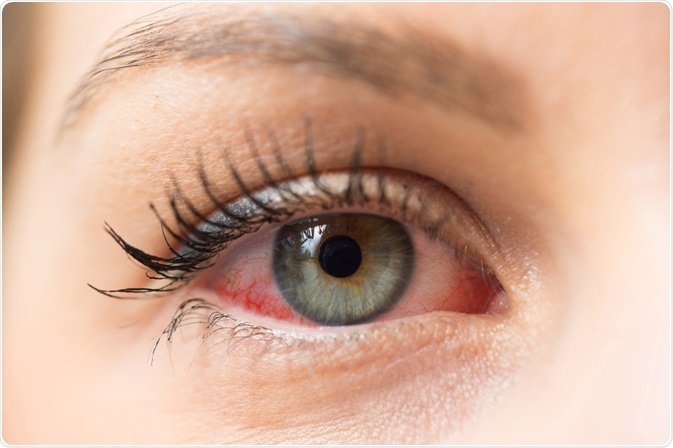
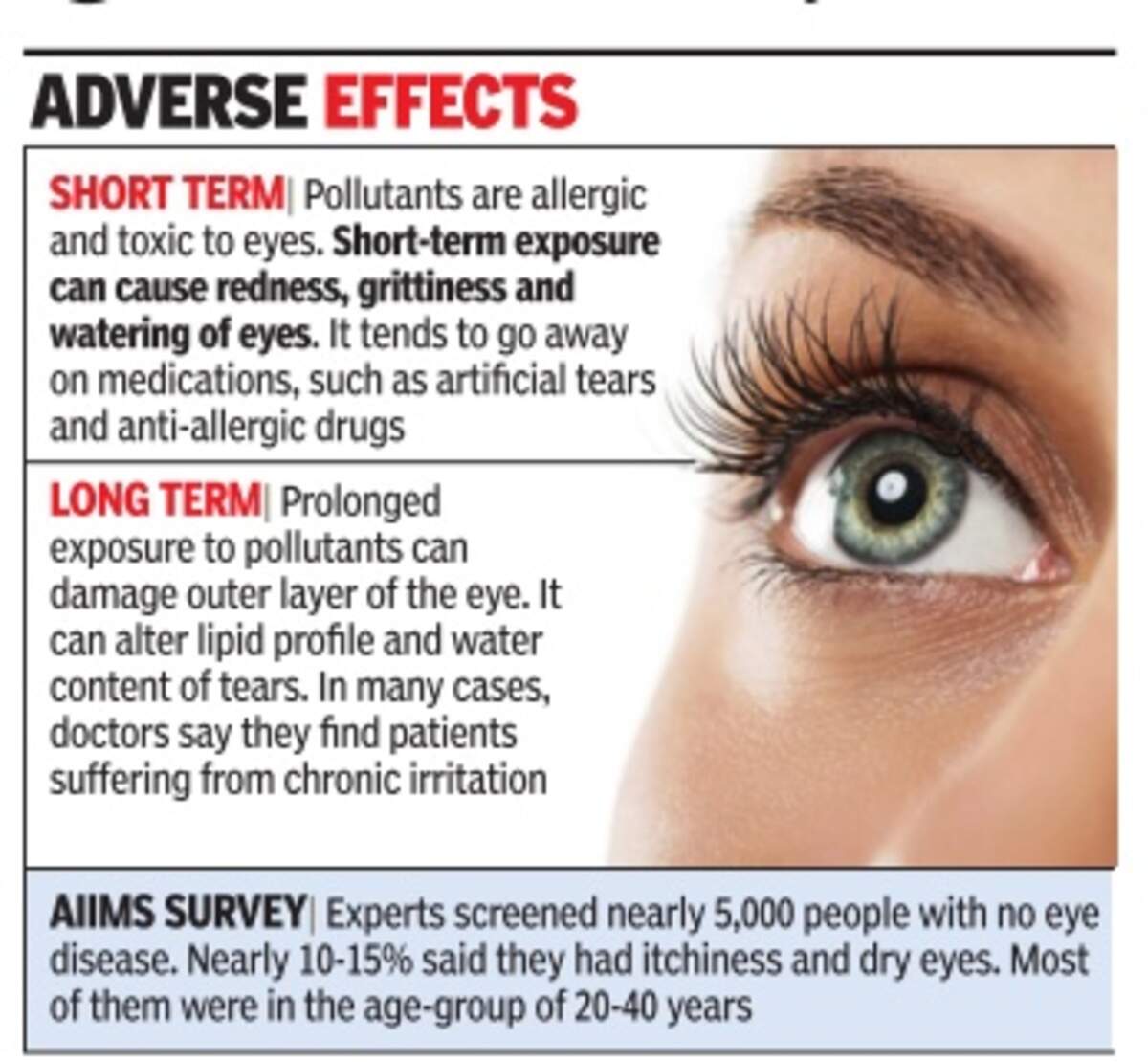



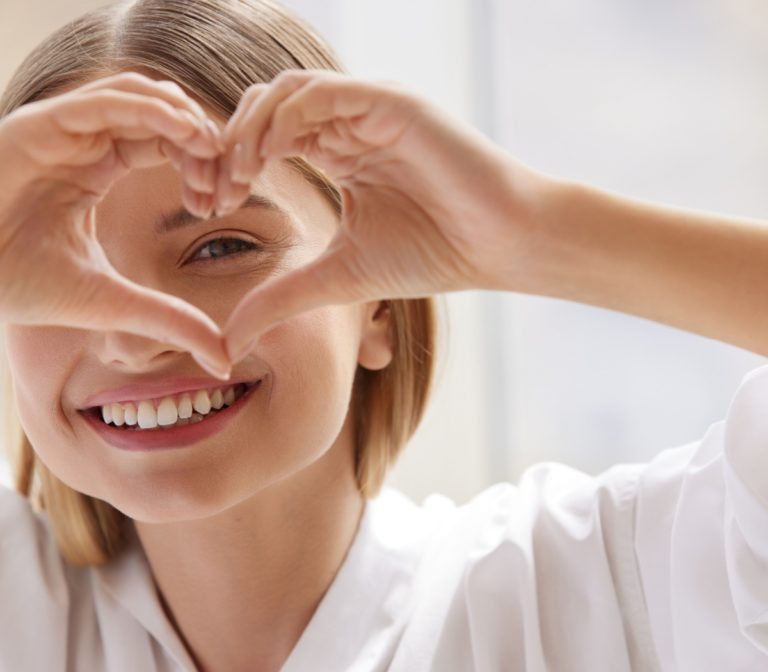



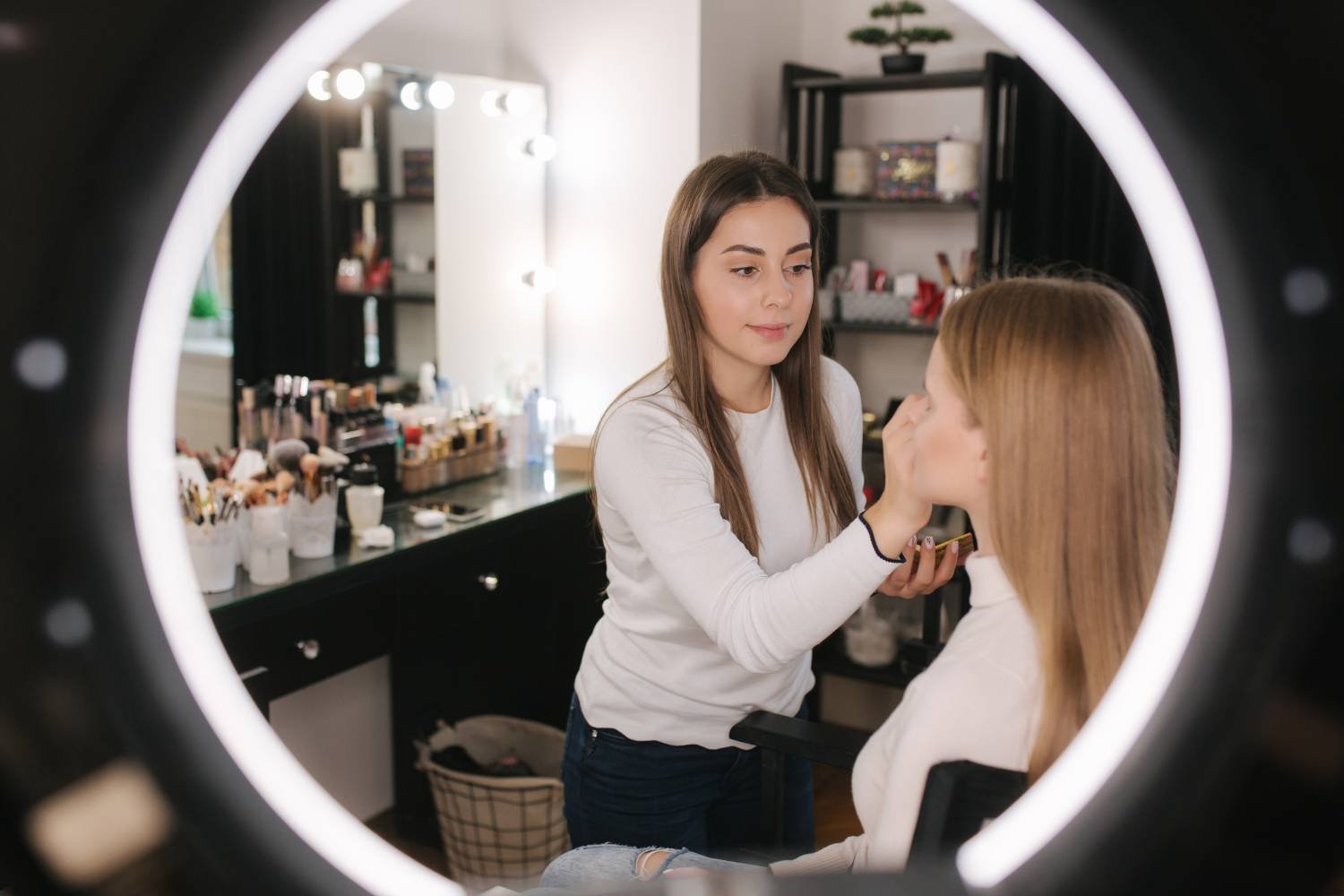



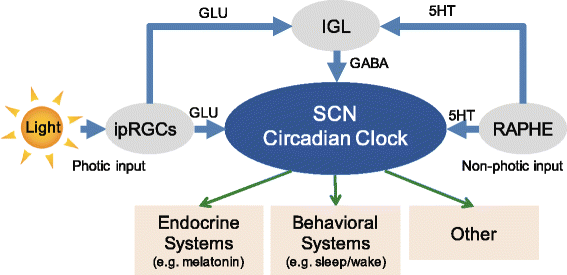

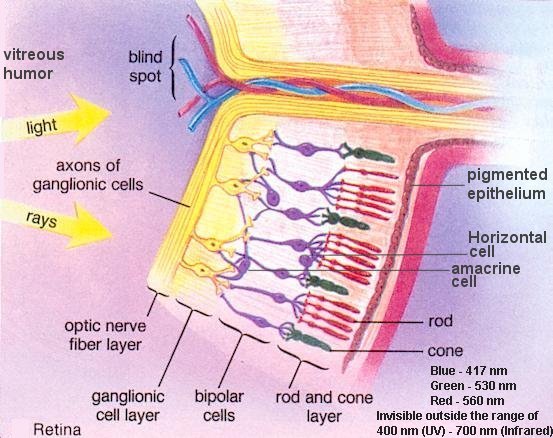



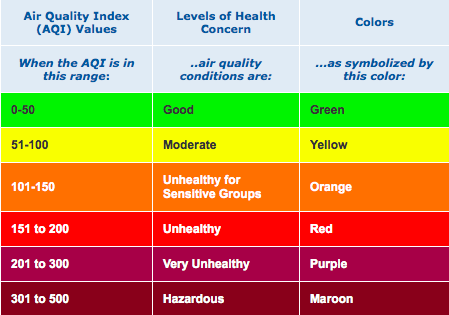


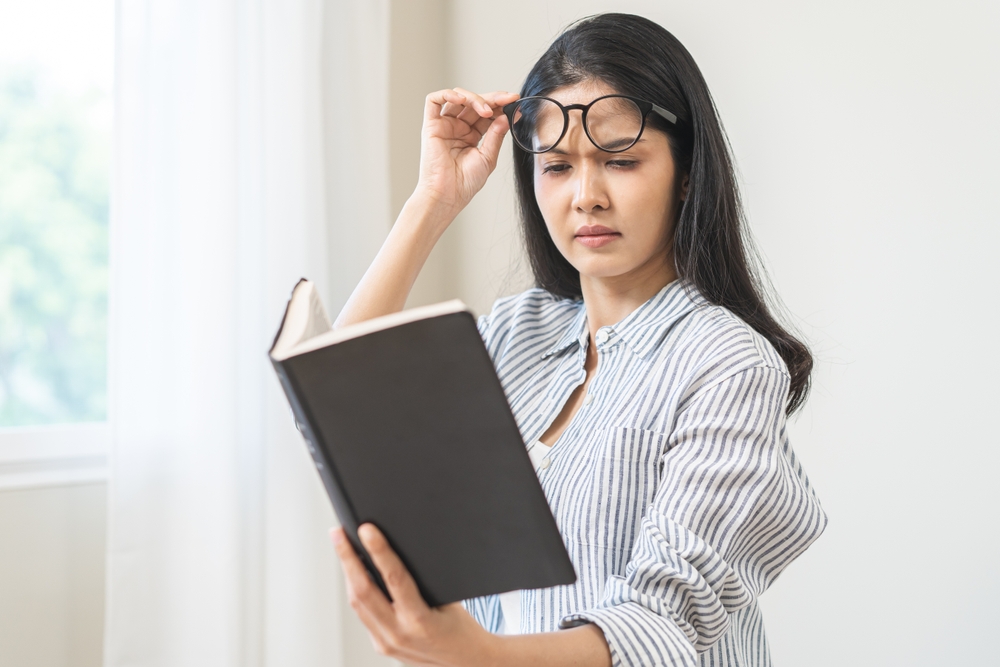

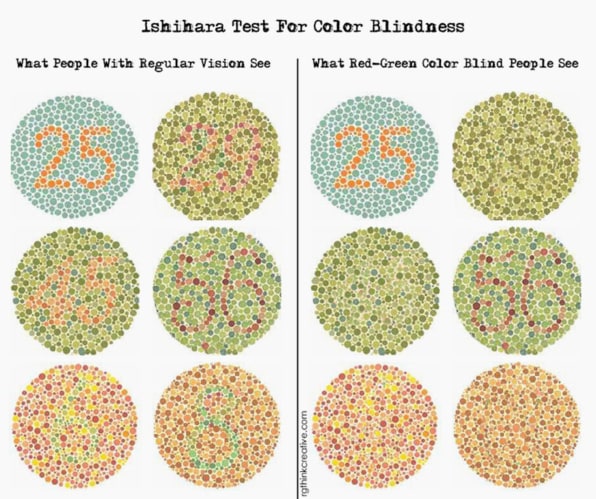


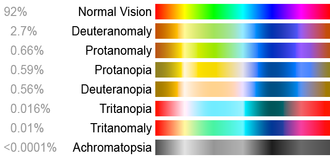

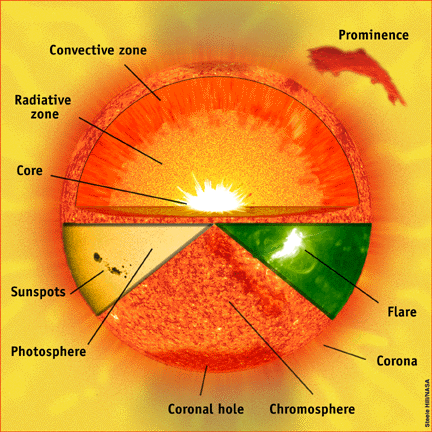




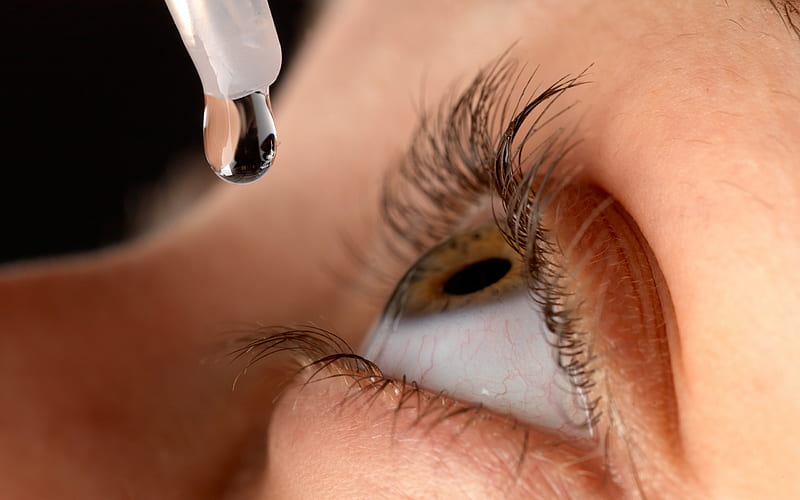

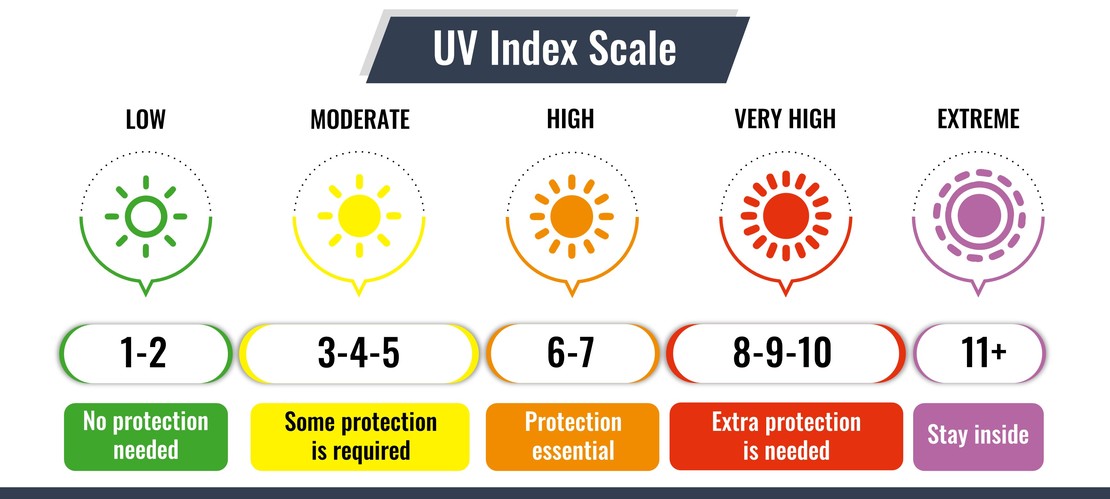



 وبلاگ تخصصی عینک شامل مجموعه مطالب پزشکی است که اطلاعات مفیدی در رابطه با عینک , چشم، لنز، سلامتی چشم و راه های پیشگیری از بیماریهای چشمی، کنترل و درمان آن را در اختیار شما کاربر محترم می گزارد.
وبلاگ تخصصی عینک شامل مجموعه مطالب پزشکی است که اطلاعات مفیدی در رابطه با عینک , چشم، لنز، سلامتی چشم و راه های پیشگیری از بیماریهای چشمی، کنترل و درمان آن را در اختیار شما کاربر محترم می گزارد.